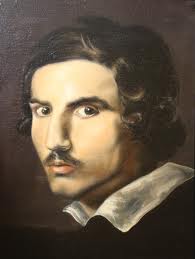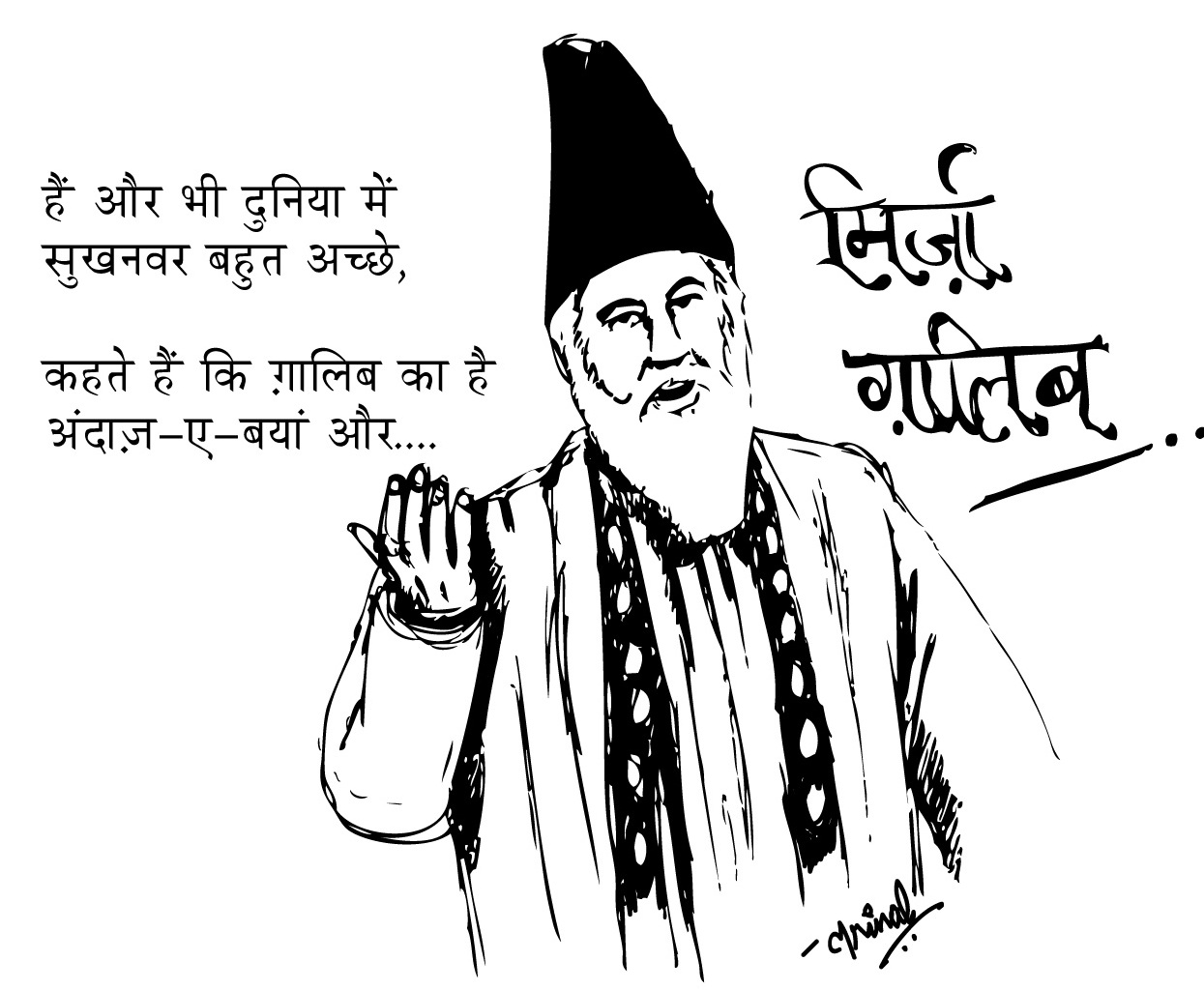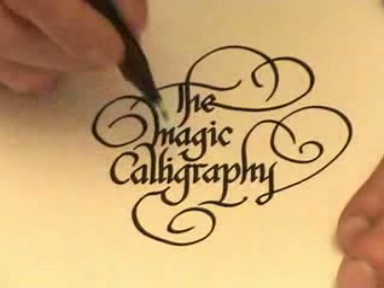Master Sculptor and Architect- Bernini
While most of us know about the master sculptor Michelangelo, little is known about the man who is regarded his worthy successor- Gian Lorenzo Bernini. It was not until I read Dan Brown’s book Angels and Demons that I came to know about this expert sculptor and architect, who invented and popularized the Baroque style of sculpturing and whose works adorn the nation of Italy and the Vatican City.
Born in the year 1598 in the Italian city of Naples, he was the sixth of thirteen children in his family. He inherited the art of sculpturing from his father who was a sculptor of the High Renaissance period. From a very young age, he started crafting statutes. By the time, he entered into his twenties; he had designed and made several decorative pieces and busts for Cardinal Borghese-a man under whose patronage he established himself as a renowned sculptor. At the young age of only 23, he was knighted by Pope Gregory XV.
Between the years 1619-1625, he created four masterpieces that proved his mettle as an artist and these sculptures have often been credited with inaugurating a new era in the history of European sculpture. What makes Bernini different from his contemporaries is the fact that he decided to combine the magnificence of the classical Renaissance period with the new ideas of the High Renaissance and in the process he ended up brilliantly blending different periods in his works and created a new style of sculpturing.
Bernini had a knack for depicting dramatic narratives very well as the characters crafted by him showed intense psychological states. He focused on the important narratives in a story and made them into a conceptual and visual whole- a practice that has often been termed as ‘unity of the visual arts’.
Soon after crafting masterpieces for Cardinals, he was offered different positions with church including curator of the papal art collection and director of the papal foundry at Castel Sant Angelo. However, what can be termed as the ‘big break’ of his career was his appointment as the Chief Architect of the St.Peter’s Basilica. Bernini designed the centerpiece of this basilica in the form of a spiraling bronze canopy that rose 30 feet from the ground and was supported by four pillars- the first of its kind.
Along with designing buildings, Bernini also came to known for the busts he crafted, some of the notable ones being the busts of Pope Urban VIII, Francesco Barberini, Two Busts of Scipione Borghese and the bust of Louis XIV, known as one of the grandest portraits busts of the baroque age. With these, he was able to constantly polish and further refine his skills. His work was appreciated by the Pope so much that he was ordered to work on the tomb for the Pope, a full 16 years before the Pope’s death!
After completing the tomb, he was assigned work on the famous Fountain of the Four Rivers in the Pizza Navona, a fountain that is also regarded as the best piece of work by Bernini. The fountain was designed in the form of a basin from the centre of which travertine rocks rose to support four river gods representing four major rivers of the four continents through which papal authority had spread. For his work, Bernini received commissions from Pope Innocent X and other senior members of Rome’s clergy and aristocracy, as well as foreign patrons.
When the newly appointed Pope ordered major architectural changes across the city of Rome, Bernini was called upon to design piazzas. Bernini the created one of the architectural marvels of the period- the piazza leading to St Peter’s. He continued to make adjustments to existing buildings and at the same time, designed new ones.
His other notable works include the Fountain of the Triton, Barberini Fountain of the Bees, grand stairway entrance to the Vatican Palace, the Chair of Saint Peter and the church of Sant’Andrea al Quirinale. He was not just a sculptor or an architect; in addition he was a painter and a playwright.
Bernini was regarded as the most skilled sculptor and architect of his time. What was outstanding about his works was the fact that he designed them according to the political and cultural contexts of his time. As a result, his designs are replete with political allegory. He incorporated psychological energy into his works that allowed the people to view them from a completely different perspective. At the same time, he played an instrumental role in popularizing the Baroque style.
Throughout his lifetime, he occupied various papal positions and worked on some of the most important buildings throughout Rome. The fact that he received commissions from the papal office and even foreign patrons is evidence to the popularity he enjoyed and the respect he commanded. For his work and his achievements, he deserves appreciation from one and all.





